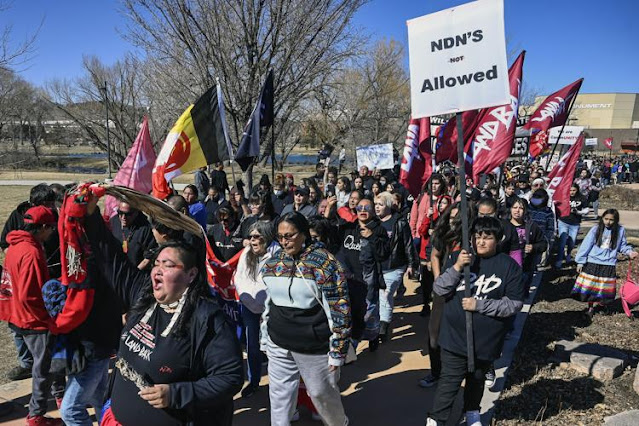The Society of Environmental Journalists' annual conference is underway in Houston. For those who can't make it in person, the organization is live-streaming its plenary sessions and offering audio recordings of most sessions. Here are sessions that may be of interest (note Central Time):
The Energy Transition and Environmental Justice, Friday, April 1, from 12:15 to 2 p.m. CT. From the website: "Scientists have shown that using clean electricity to power as much of the economy as possible — from cars and trucks to kitchen stoves — may be the cheapest, easiest way to fight climate change. But doing that equitably, while keeping the lights on, is another story. Will the push to “electrify everything” currently underway in California and other states raise energy costs and force low-income families to spend money they don’t have on new vehicles and appliances? And what happens when fires, floods and heat waves made worse by climate change inevitably cause chaos on the electric grid?" Click here to register.
Environmental Protection Agency Press Conference and Q&A Session, Friday from 3:30 to 5 p.m. CT. From the website: "The Biden Administration and Regan EPA are focusing money and energy on environmental justice issues and toxic release monitoring like never before. With our host city plagued with industry-related explosions, a cancer cluster and some of the highest levels of cancer-causing air stemming from industrial pollution, we’ll hear from EPA leaders on how they’re addressing these issues on multiple fronts. Get your questions ready! Following a brief pre-recorded video from EPA Administrator Michael Regan and moderator-led discussion with the panelists, we’ll take questions from the audience." Click here to register.
Solutions Journalism and Environmental Justice, Saturday from 12 to 2 p.m. CT. From the website: "Environmental reporting in communities of color often lacks depth and nuance. Stereotypes of who cares about the environment abound. Narratives about environmental injustice present frontline communities as victims, devoid of agency. These stories often omit communities’ efforts to organize and find solutions. From framing a story to the ethics of maintaining relationships with BIPOC communities, panelists will discuss the common pitfalls of reporting in communities of color, the role of evidence-based solutions journalism in environmental justice reporting and how reporters can provide smart and informative coverage for underrepresented communities." Click here to register.









